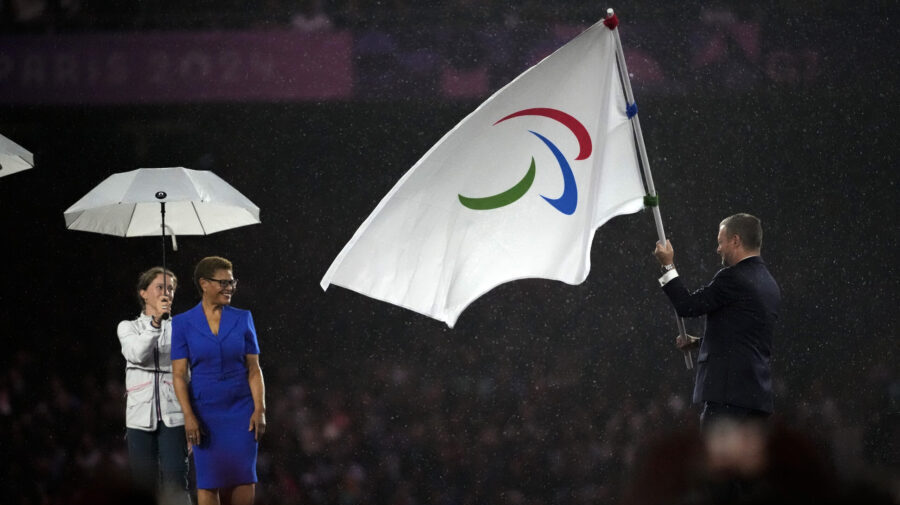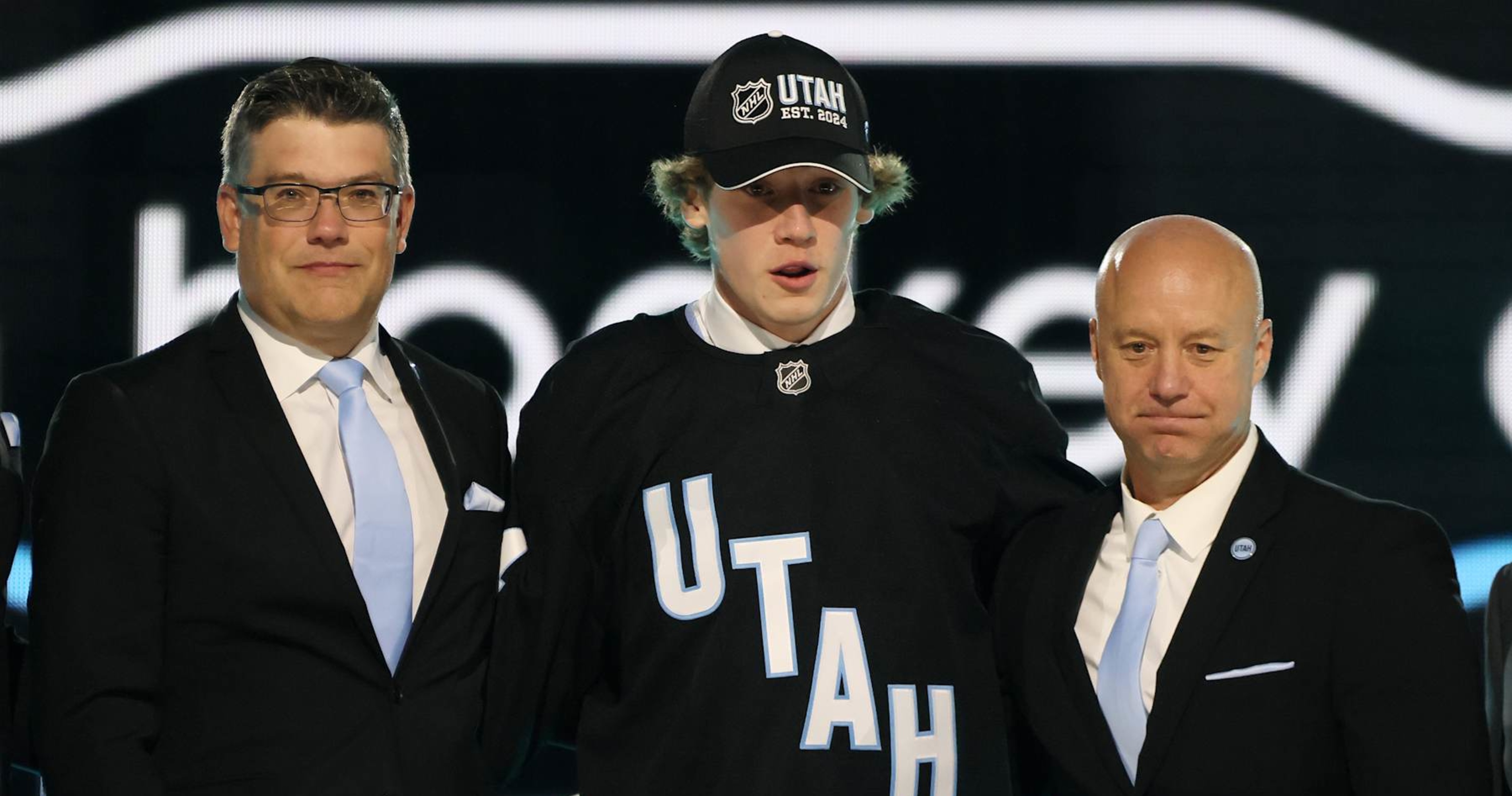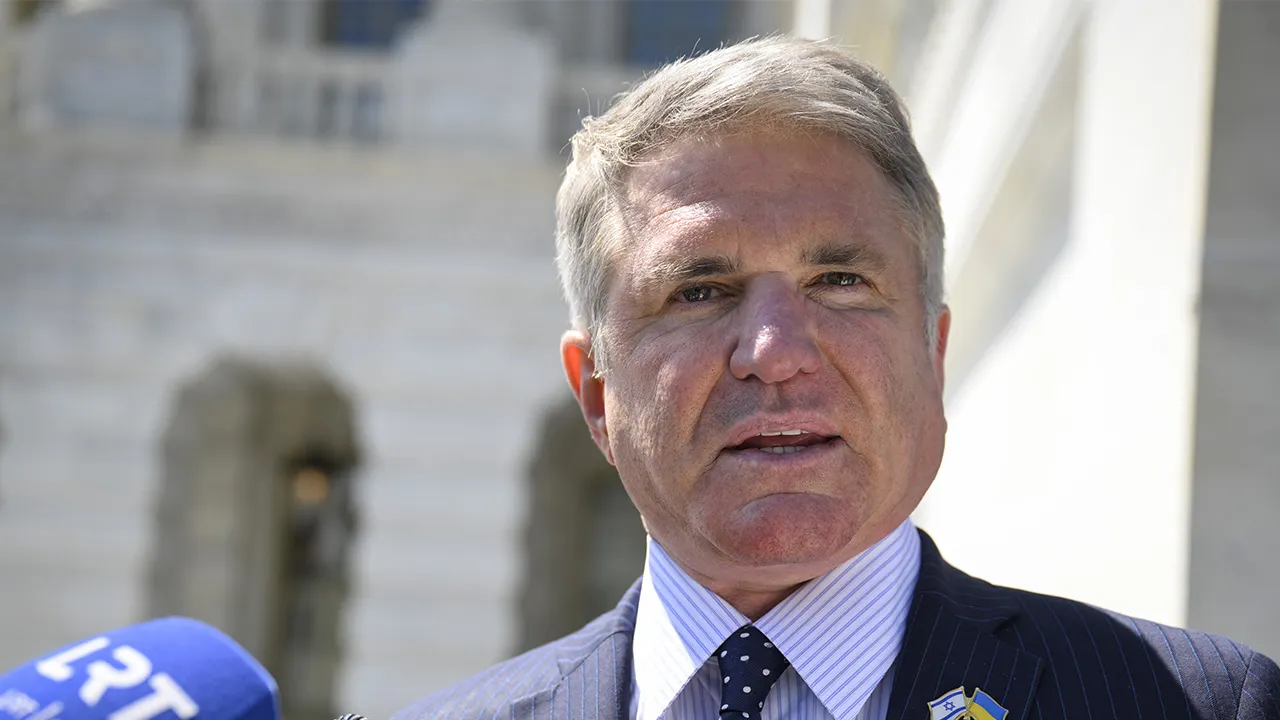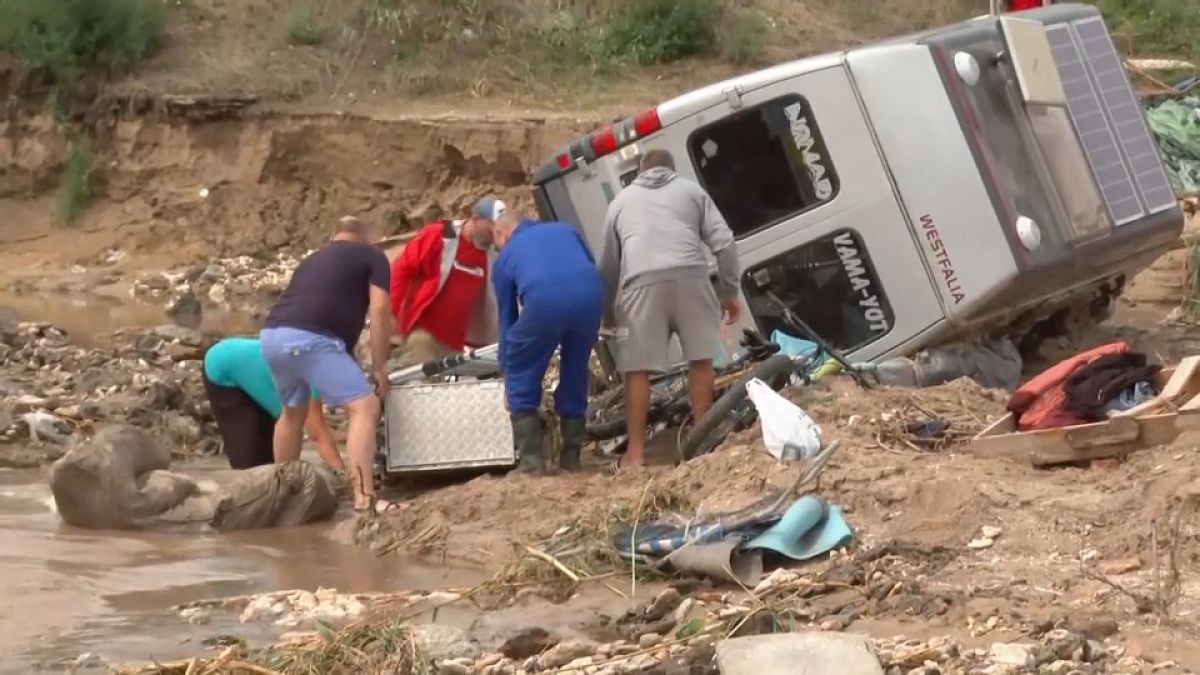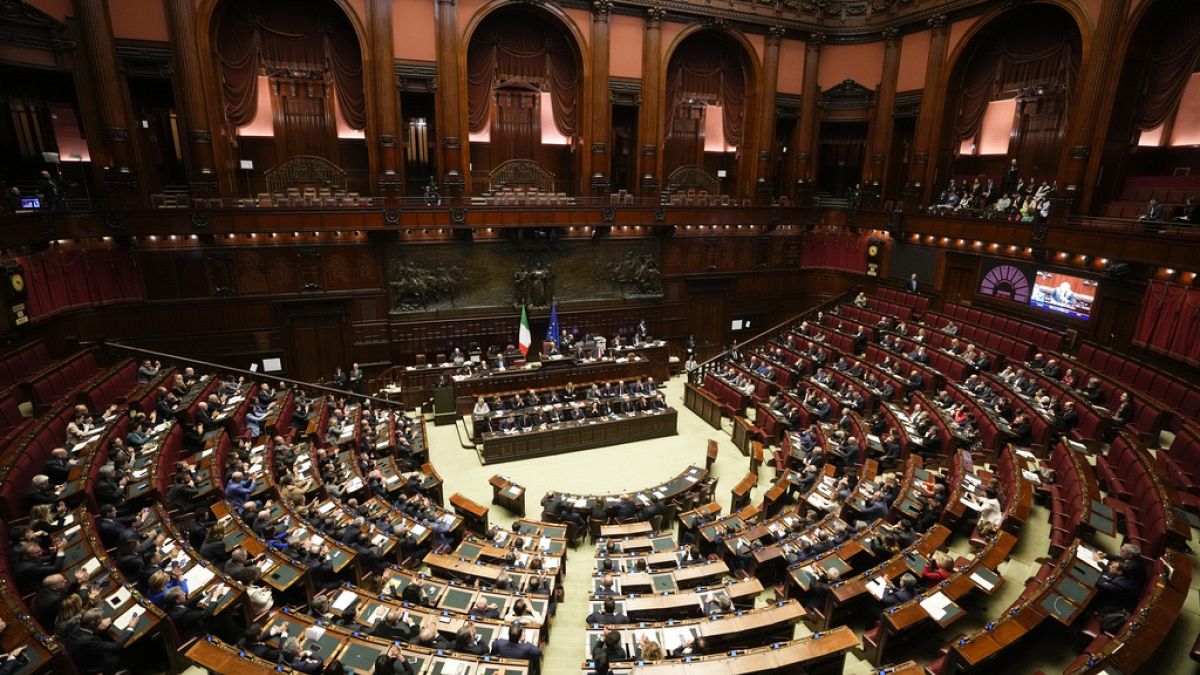Recently, I toured the Utah Capitol’s basement, viewing the $60 million rubber base isolation system that protects the building from earthquakes. The tour guide emphasized the project’s worth, citing the Capitol as “the single most expensive piece of property in the state,” with “incredible historic value.” This system, comprising 256 rubber rings, allows up to 48 inches of total movement during an earthquake.
This retrofit was part of a larger $212 million restoration in the early 2000s, addressing the clear and present earthquake hazards in a region facing a 43% chance of a magnitude 6.75+ earthquake within the next 50 years. For perspective, this size earthquake would release approximately 37.5 times more energy than the 2020 Magna 5.7 magnitude quake. While impressive, this project highlighted a stark reality: Our state prioritizes a stone building over its most valuable asset — its people.
Utahns — who make up our society, innovate, build, have children, employ and are employees and pay taxes — are truly our state’s most important resource. Yet, the Legislature consistently chooses to safeguard their own house over the homes and lives of the people they were elected to serve.
Consider these facts about the risks:
While there are some initiatives to help retrofit homes (i.e. the “Fix the Bricks” program in Salt Lake City), these are funded by federal dollars only when there is available funding. Moreover, this program has a waitlist counted in years and has only been available to help retrofit a few hundred homes each year. These retrofits are limited to houses within Salt Lake City, and we have yet to see large scale financial backing for these efforts at a state level, despite the Federal Emergency Management Agency (FEMA) providing decision makers with a roadmap to URM replacement and FEMA sponsoring meetings at the state level regarding URM safety.
Despite these risks, our lawmakers — who asked the public to help fund their house’s safety — have continually failed to prioritize the safety of Utah’s citizens. This negligence peaked this year when the Legislature chose to sunset the Utah Seismic Safety Commission — a public panel which had been active for 30 years at no cost to the state. The commission advocated for incremental changes in northern and central Utah’s infrastructure. And this has taken place less than five years after the 2020 5.7 magnitude earthquake, which caused an estimated $600 million in damages.
The inadequacy of these efforts underscores the urgent need for comprehensive, state-level action. Yet, despite these clear risks and obvious shortfall in current measures, our lawmakers’ inaction stems from viewing these life-saving measures as “too expensive.” This short-sighted approach ignores the potential loss of thousands of lives and rebuilding costs estimated at $75 billion or more. To modify the adage, we can either spend some pennies now or we will pay in pounds later.
It’s time for our elected officials to recognize that their most sacred duty is to protect the people they serve, not just the buildings they themselves occupy. We must demand action now to retrofit schools, incentivize home improvements and reinstate the Utah Seismic Safety Commission.
As I left the Capitol that day, walking past its impressive columns and under its newly reinforced dome, I thought of the thousands of unreinforced homes and schools I passed on my drive there. Each one represents a family, a child and a future that deserves the same level of protection our lawmakers have ensured for themselves.
As Utahns, we pride ourselves on our sense of community and resilience. Let’s channel that spirit into ensuring our homes, schools and infrastructure are as secure as our Capitol, the Salt Lake City and County Building and, more recently, the Salt Lake Temple. Because ultimately, our state’s true strength lies not in its government buildings, but in its people. It’s time our priorities and our policies reflect that fundamental truth.
(Matthew Morriss) Matthew Morriss, PhD, P.G., has spent more than four years working in geology in Utah.
Matthew Morriss, PhD, P.G., has spent more than four years working in geology in Utah. He’s researched historic earthquakes in Thailand, Myanmar and Oregon and been part of other geologic studies in Oregon, Washington, Idaho and Mongolia.
The Salt Lake Tribune is committed to creating a space where Utahns can share ideas, perspectives and solutions that move our state forward. We rely on your insight to do this. Find out how to share your opinion here, and email us at voices@sltrib.com.








